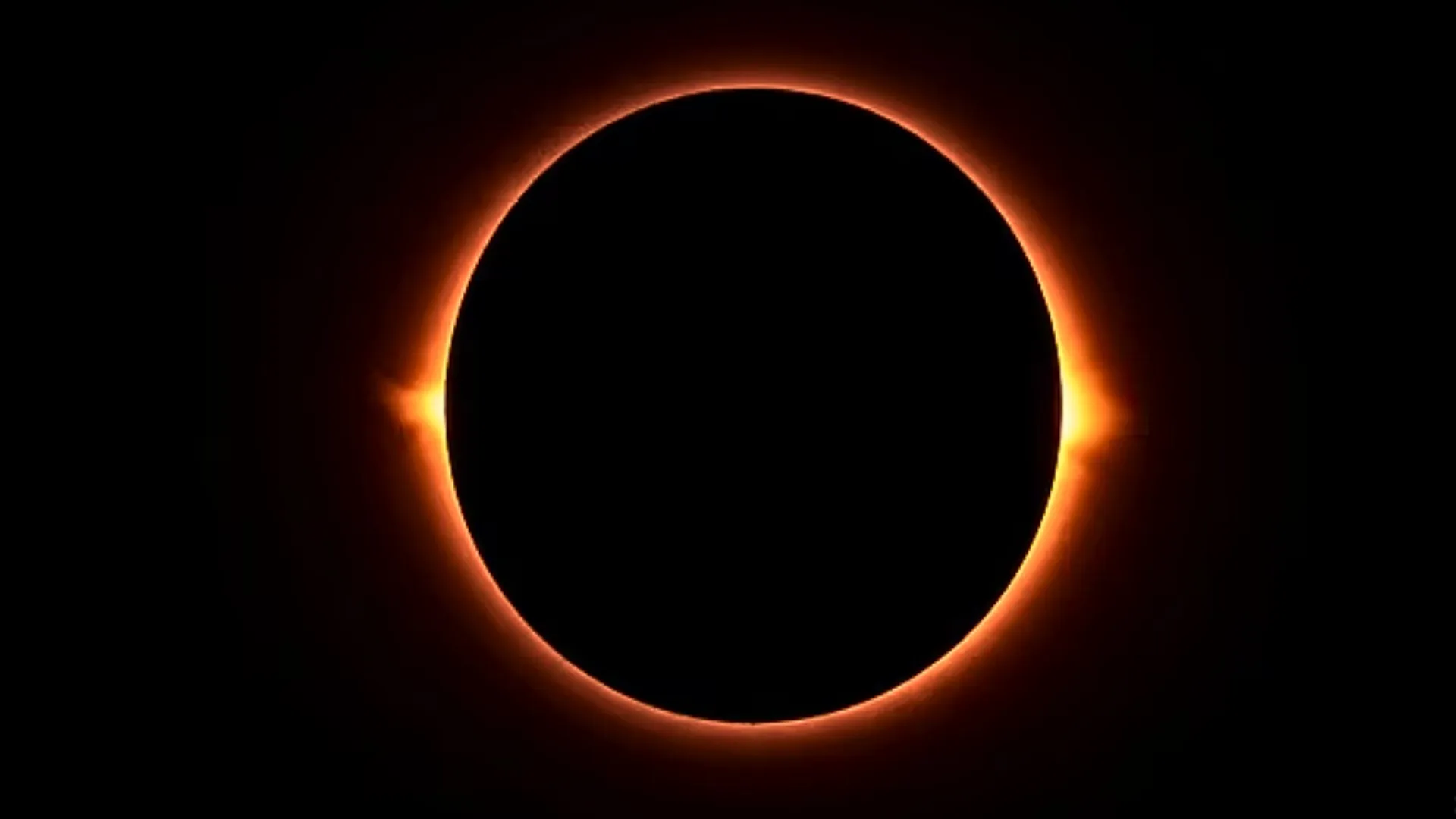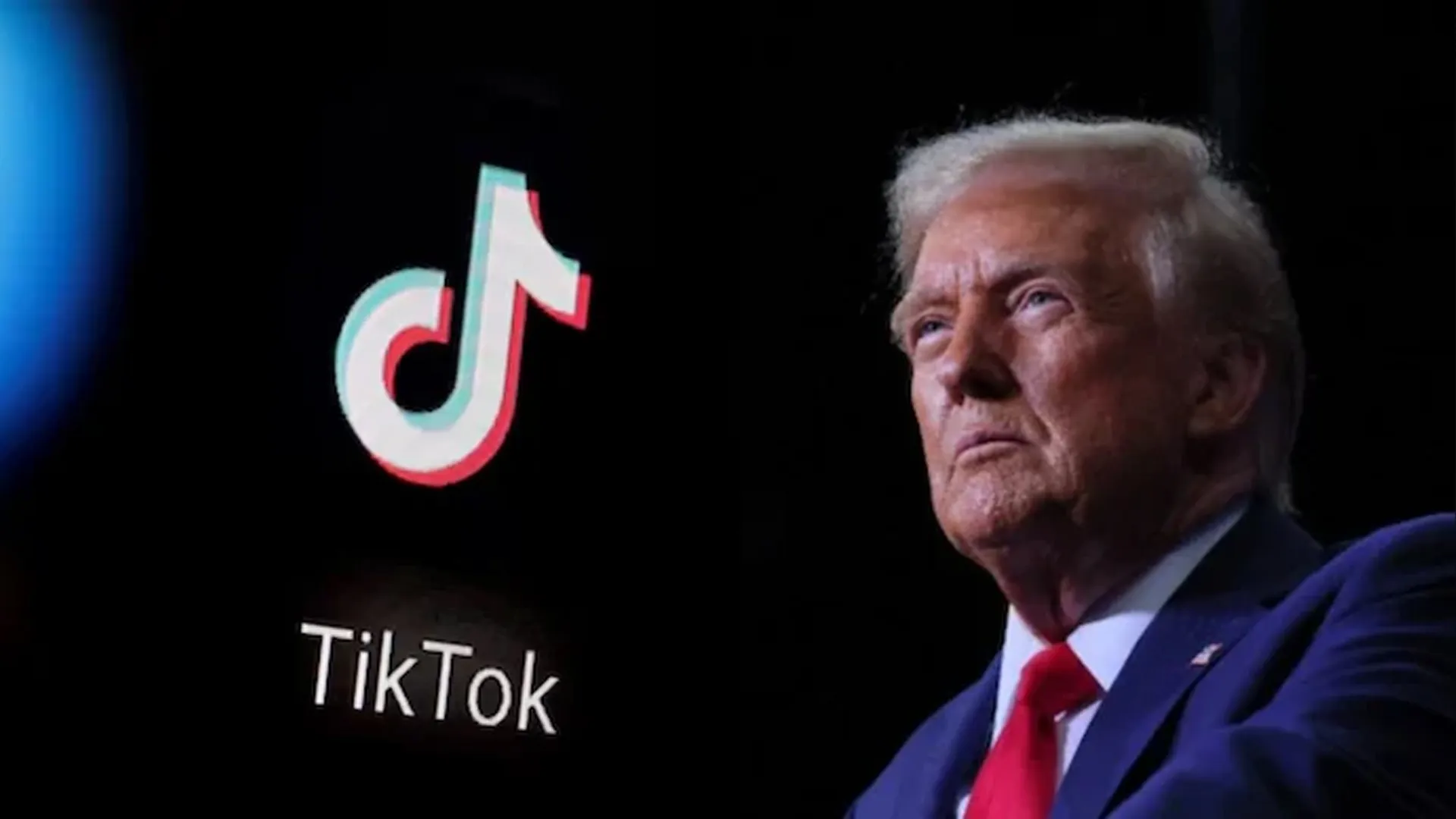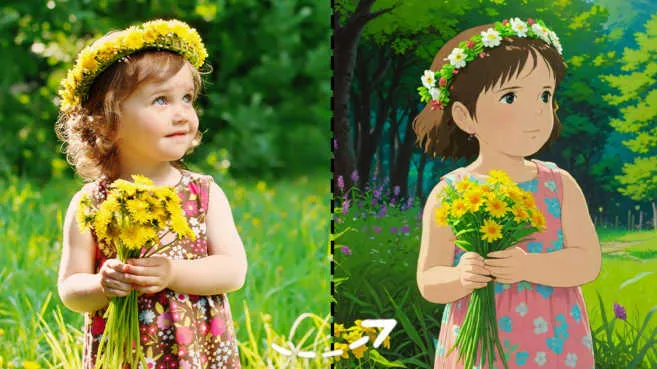A spectacular solar eclipse is set to grace the skies in 2025, drawing the attention of skywatchers and photography enthusiasts worldwide. While witnessing this celestial event is a breathtaking experience, concerns arise about whether capturing the eclipse with a smartphone is safe. Experts have weighed in on the potential risks and how to protect both your device and your eyes.
Risks of Photographing the Solar Eclipse with a Smartphone
One of the primary concerns about using a smartphone to capture the solar eclipse is the risk of damaging the camera sensor. Modern smartphones have advanced cameras with powerful sensors, but they are not designed to handle prolonged direct exposure to intense sunlight. When aimed at the sun without proper protection, the camera lens can concentrate the sunlight, potentially leading to overheating or permanent damage to the sensor.
Another risk is that staring at the screen while framing your shot can expose your eyes to harmful ultraviolet (UV) and infrared (IR) rays, leading to potential eye damage. Unlike professional cameras that may have protective filters, smartphone cameras lack the necessary shielding against intense light exposure.
How to Safely Capture the Solar Eclipse
Experts recommend taking several precautions if you intend to photograph the eclipse using your smartphone:
- Use Solar Filters – Just like protective glasses for the eyes, solar filters are essential for smartphone cameras. They reduce the intensity of sunlight entering the lens, preventing damage to the sensor.
- Avoid Direct Sunlight Exposure – Do not point your camera directly at the sun for extended periods without a protective filter.
- Use Indirect Methods – Consider capturing the eclipse indirectly through reflections or pinhole projection methods.
- Adjust Camera Settings – Reducing the exposure and brightness settings manually can help minimize the risk of overexposure and glare.
- Wear Solar Viewing Glasses – If you are using your phone to capture the event, ensure you wear certified eclipse glasses to protect your eyes from harmful rays.
The Best Way to Experience the Solar Eclipse
While capturing photos of a solar eclipse can be exciting, experts suggest that witnessing it with the naked eye (using certified solar glasses) or through professional telescopes is the safest and most immersive way to enjoy the event. Many space agencies and observatories also offer live streams with high-quality visuals, ensuring a safe and clear view of the eclipse without any risks.
As the 2025 solar eclipse approaches, preparation and caution will be key to enjoying this rare celestial event while keeping both your eyes and smartphone safe.










